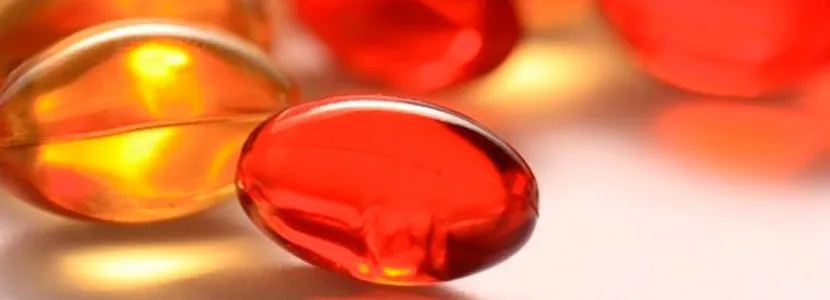Researchers at the University of Illinois (United States) have designed tiny drug -liberating capsules that could serve to transport pork pancreatic cells capable of secreting insulin in patients with type 1 diabetes.
In a 'in vitro' study whose results publishes the magazine 'Drug Delivery and Translational Research', have proven the viability of carrying these insulin secretory cells in these small capsules, called pancreatic islets, after spending 21 days inside thanks toA drug that makes them more resistant to the lack of oxygen.
Researchers have been exploring new ways to transplant these cells and treating long -term diabetes type 1, thus eliminating the need to perform continuous control of glucose and insulin injections.
But for this, as Kyakyoon Kim, author of this finding, explained, it was necessary to solve different challenges, since for example "viable islets are needed that are also functional, so that they secrete insulin when exposed to glucose."
The problem is that human pancreatic islets are scarce, while in the tissue of the pig they abound.In fact, pork insulin has been used to treat diabetes since 1920.
And once it is achieved that the islets are isolated in the fabric, the next great challenge is how to keep them alive and run after their transplant.
To prevent transplanted cells interacting with the receptor's immune system, they were packaged in small semipermeable capsules, with a sufficient necessary size and porosity to allow oxygen and nutrients to reach the islets while keeping out of immune cells.
"The first weeks after the transplant are very important because these islets need oxygen and nutrients, but they do not have blood vessels that are provided," added Hyungsoo Choi, co -director of the study, since if a hypoxia occurs due to lack of oxygen they would enddestroying.
Both experts investigated different methods to manufacture these microcapsules through the latest generation bioengineering, and realized that they could use the same techniques used for the development of drug liberating capsules.
"For a type patient, approximately 2 million capsules would be needed. Production with any other method we know cannot satisfy that demand easily. But we have shown that we can produce 2 million capsules in about 20 minutes or so," Kim explained.
They improved cell viability
With such control and high production capacity, researchers were able to develop small microspheres loaded with a drug that improves cell viability and works in hypoxic conditions.
The microspheres were designed to provide a prolonged release of the drug for 21 days, and the researchers picked up the pork islets in them, evaluating the results after three weeks.
After 21 days, around 71 percent of the islets packed with drug -liberating microspheres remained viable, while only 45 percent of the islets encapsulated in conventional way survived.
Cells with microspheres also maintained their ability to produce insulin in response to glucose at a significantly higher level than those that did not go in microspheres.Therefore, the next step is to test this microspheres technique within a microcapsule in small animals before moving on to a study in humans.




